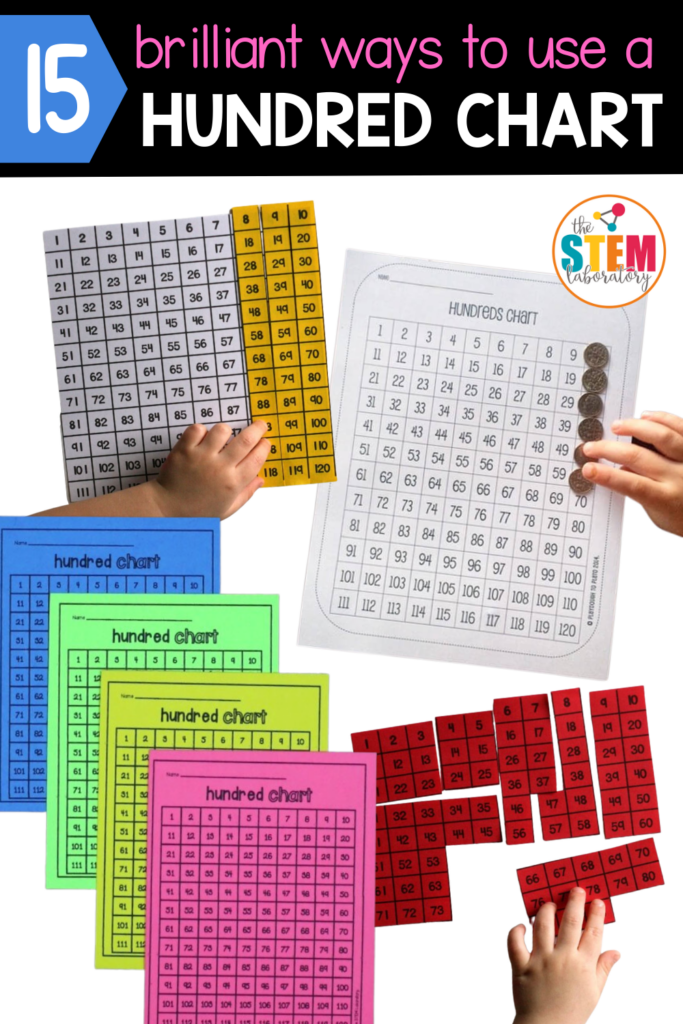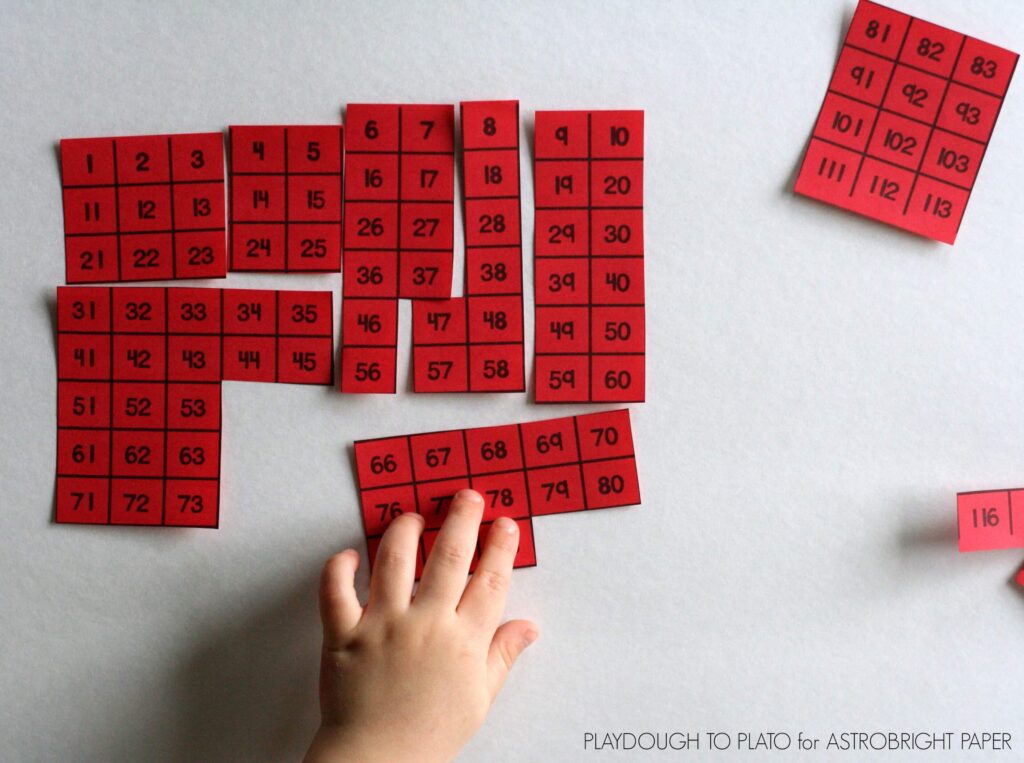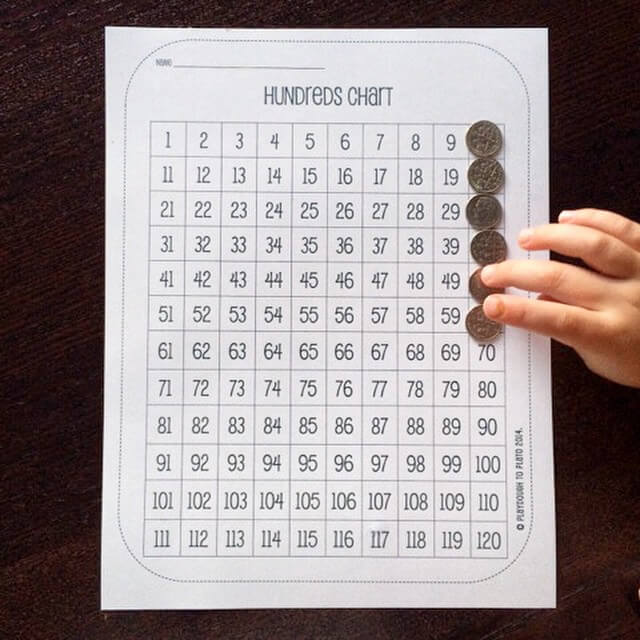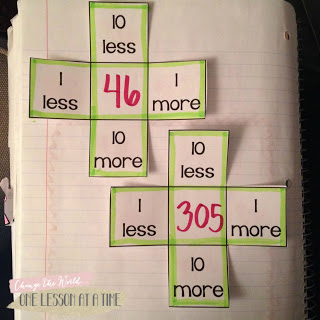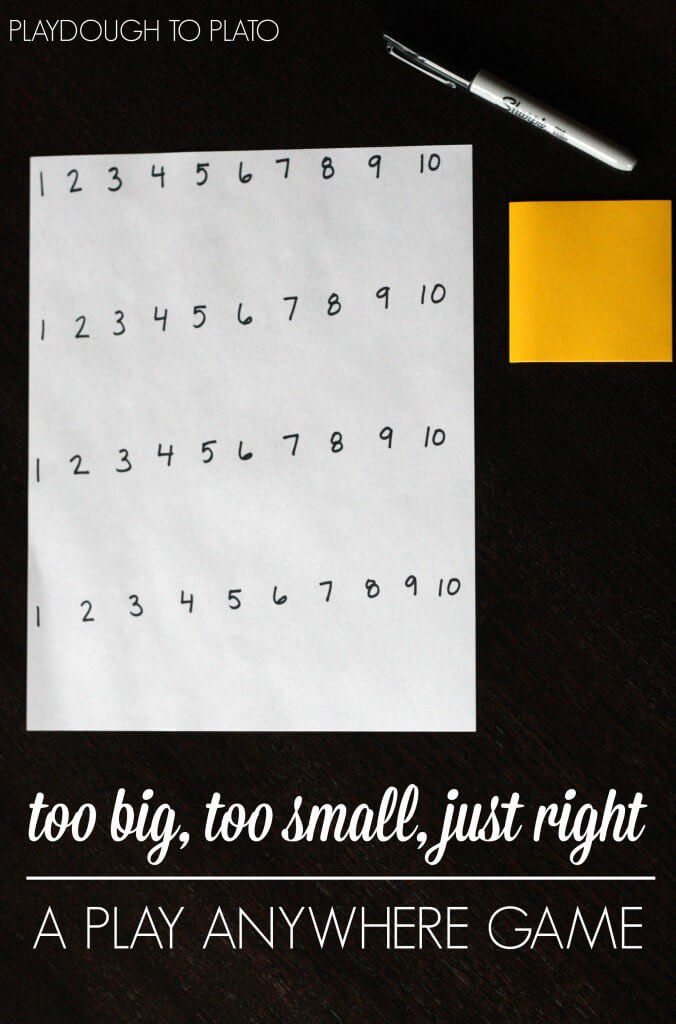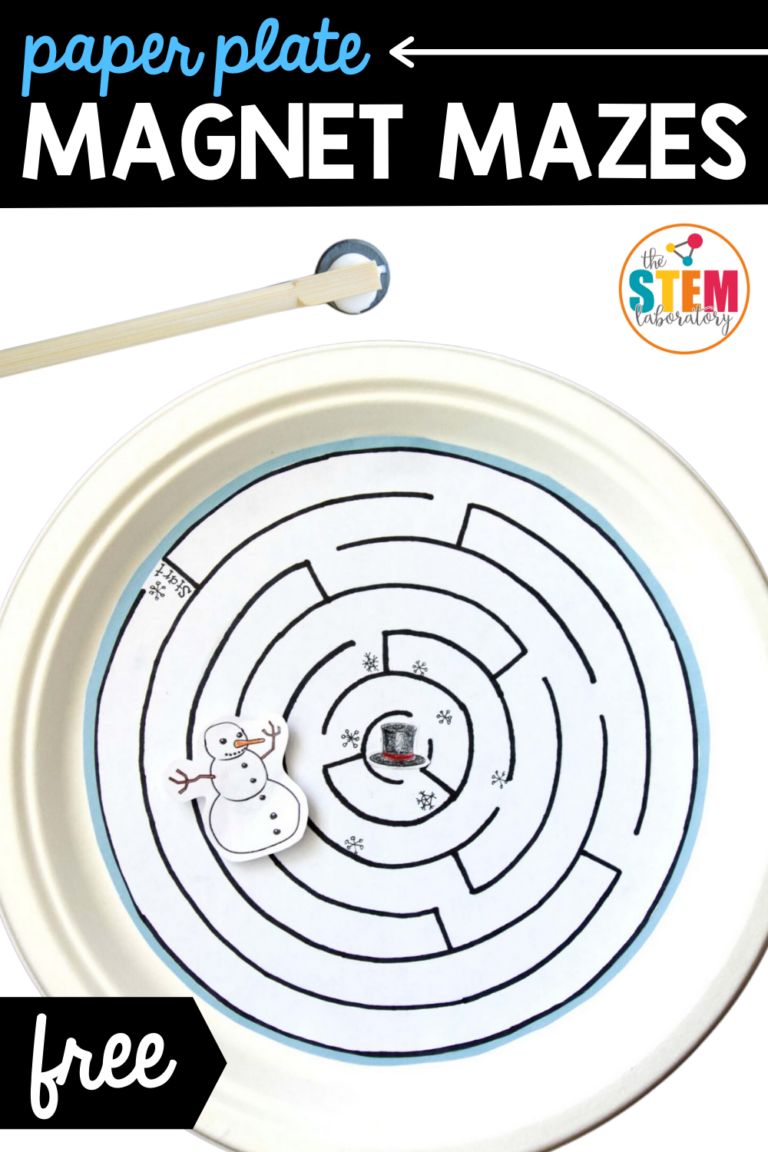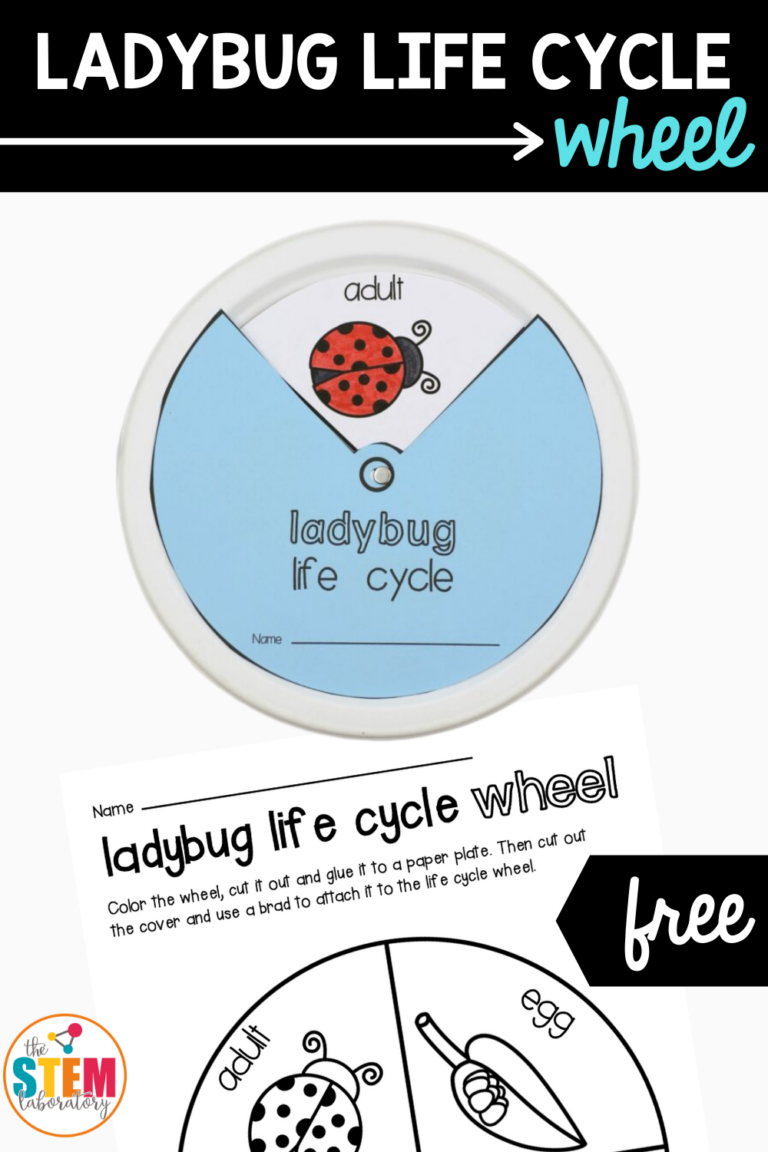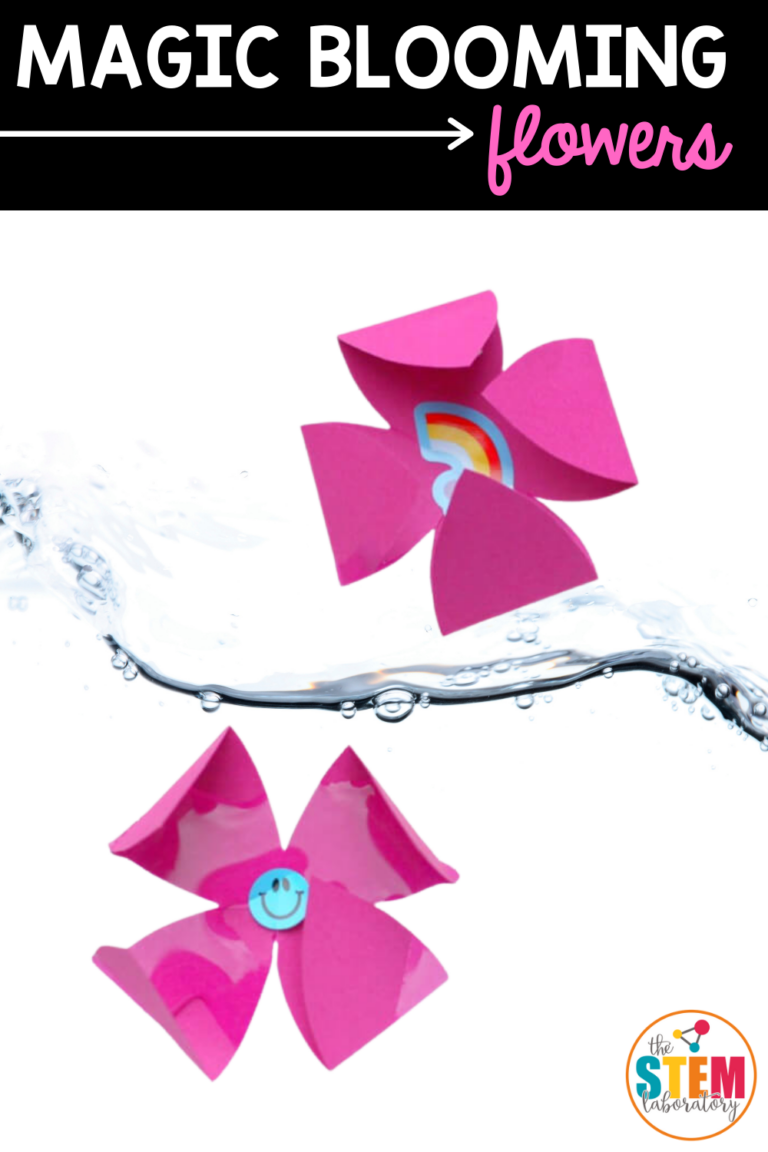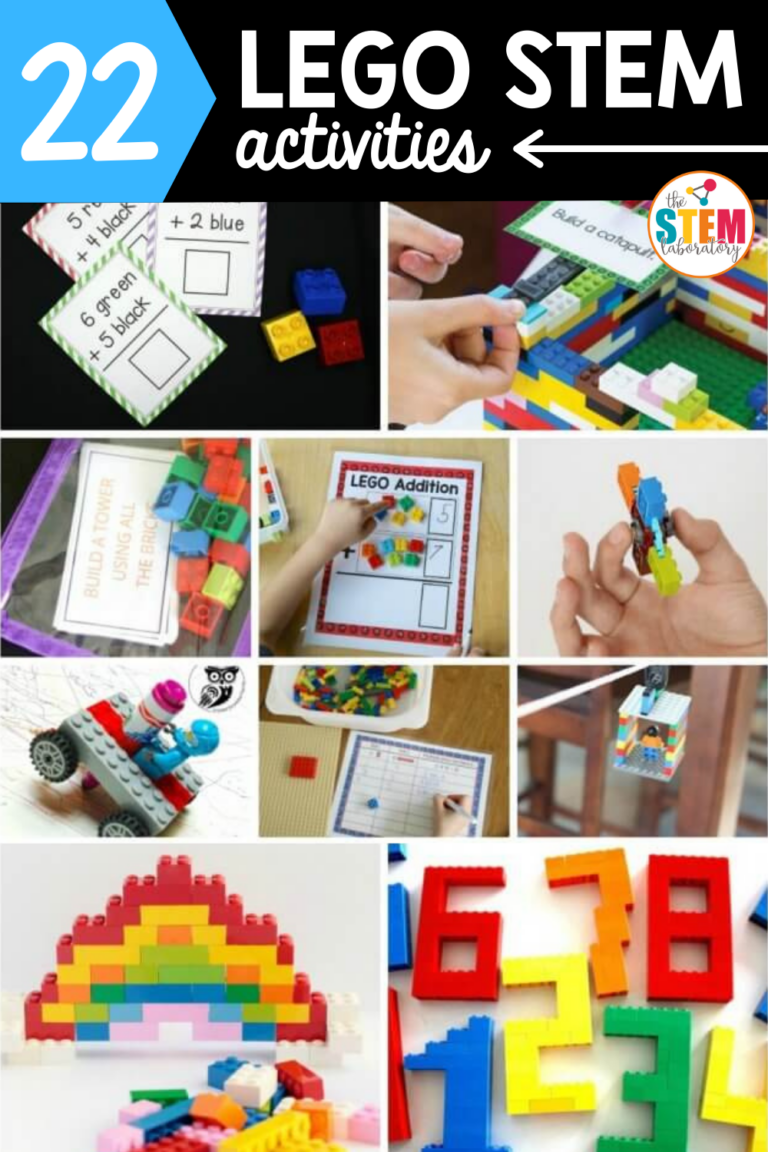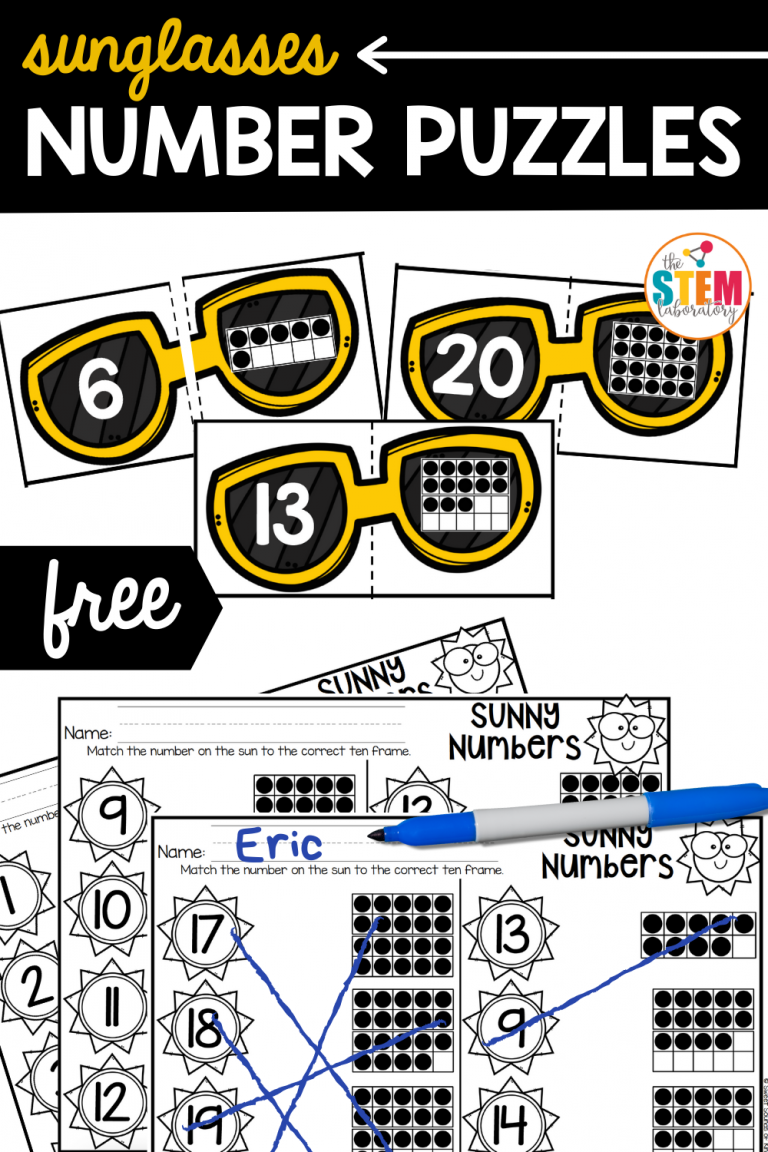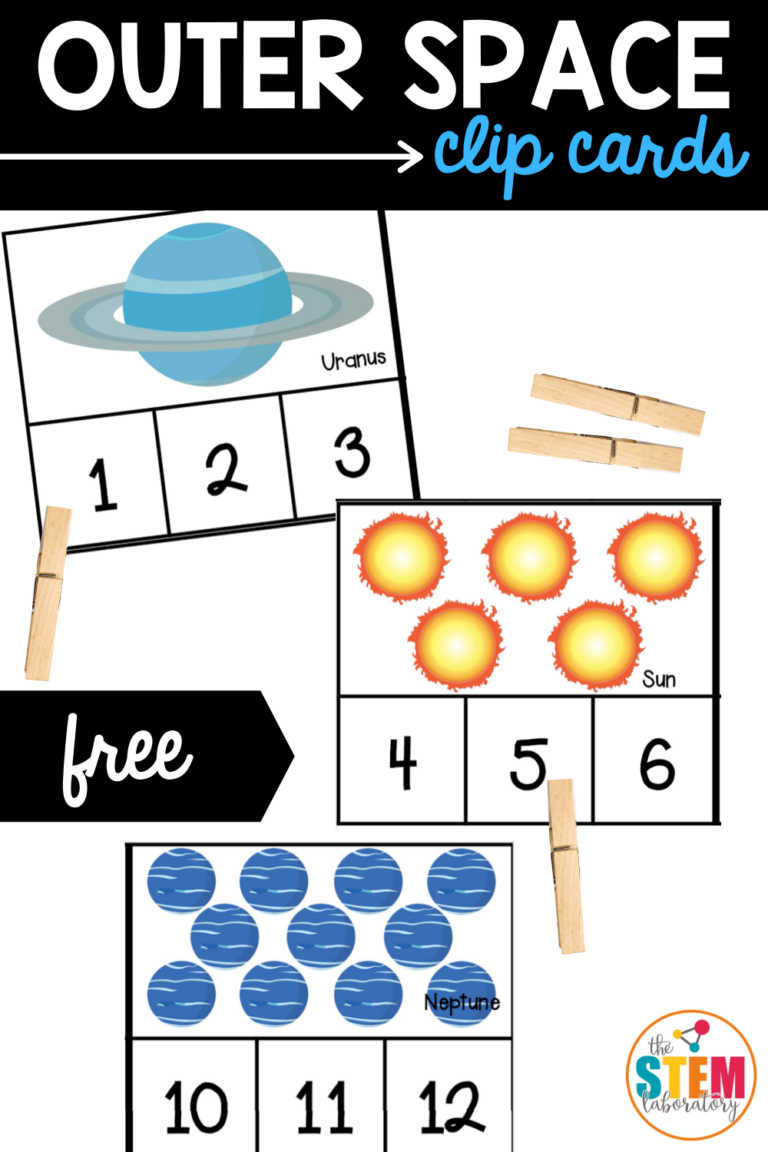15 Brilliant Ways to Use a Hundred Chart
Hundred charts are an amazing tool for teaching all sorts of math skills: counting, adding, multiplication, problem solving, skip counting and more. These hundred chart activities are the gift that keeps on giving! Grab your free hundred chart below and then try out our 15 favorite ways to use it.
Looking for more math practice? Try our Place Value Cover Up activity in our shop!
Why 120 instead of 100?
Before I go any further, I better stop and explain why our hundred chart includes numbers up to 120. I promise this isn’t a mistake!
Ask a first grader what number comes after 100 and you’ll likely hear something like “110” or “200.” It can be confusing for new mathematicians to understand the patterns that happen after the number 100 if they don’t see them.
So, Common Core Math Standards now encourage kids to practice the numbers up to 120 instead of stopping at 100.
Getting Ready
Print the chart below then laminate it for extra durability. These activities are so good, you’ll want to use the chart over and over!
Have another idea to add to the list? Please share it in the comments below. I always love discovering new activities!
How to Use the Hundred Chart
1. Give kids a dot marker or crayon and have them color in numbers as they skip count. They could count by tens (10, 20, 30…), by twos (2, 4, 6, 8…), etc. You can have them start with a number other than 1 to make it more challenging.
2. Print two copies of the hundred chart – one on white cardstock and one on color. Cut the colored copy into strips lengthwise. Picking up one strip at a time, have kids lay the colored strip on top of its matching white column.
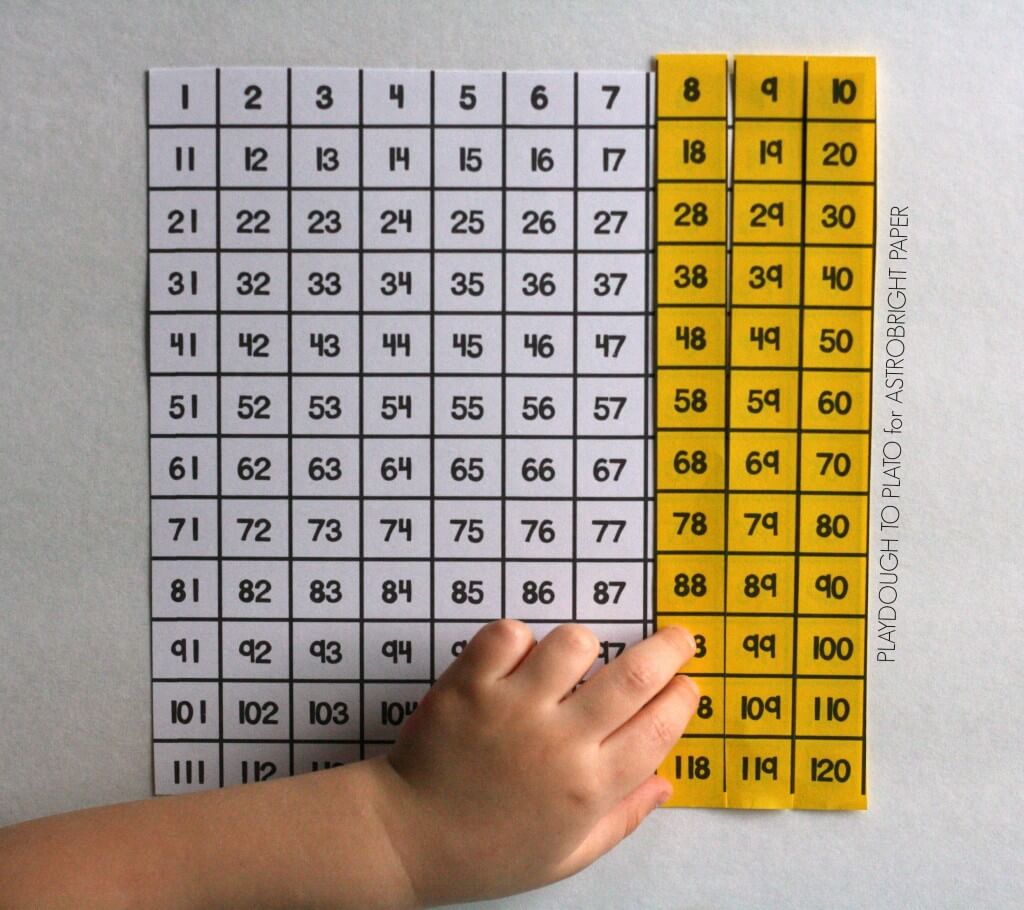
3. Print a copy of a blank hundred chart. Fill in some numbers and then have your kids fill in the rest. The more numbers you write first, the easier the activity, so this is an easy one to differentiate for different ability levels.
4. Cut the hundred chart into chunks like a puzzle. Then, have students piece it together again.
5. Teach kids how to count dimes by laying them on the hundred chart. For example, the first dime would go on the 10. The next dime would rest on the 20 and so on.
6. Practice coloring patterns – red, orange, yellow, red, orange, yellow…
7. Have pairs of students race each other to 100. For instance, Player One rolls the die and moves his playing piece that many spaces. Then it’s Player Two’s turn to roll and move. The first player to reach 120 first is the winner.
8. Race down from 120. Starting at 120, two players take turns rolling a die and moving their piece down that many spaces. The first player to zero wins!
9. Make number flaps using these free printables. // One Lesson at a Time
10. Have kids color all of the even numbers 0, 2, 4, 6 and so on and then color all of the odd numbers. Additionally, notice how the even and odd numbers are aligned in columns. // Education to the Core
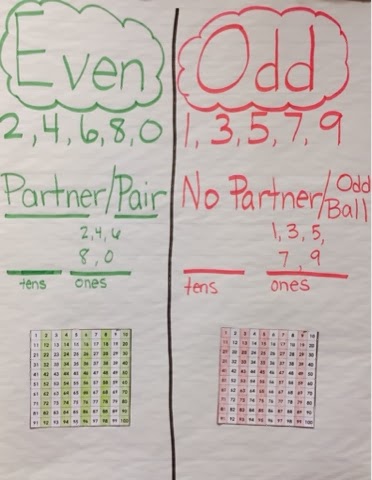 11. Have kids find the mystery picture like the free snow-themed challenge from Made by Teachers.
11. Have kids find the mystery picture like the free snow-themed challenge from Made by Teachers.
12. Invite kids to color multiples and look for patterns (3, 6, 9, 12…)
13. Play Too Big, Too Small or Just Right. Tell kids you’re thinking of a number between 1 and 120 and they need to figure out what it is. Each time they guess, share whether the number is too big, too small or just right. Based on the clue you give them, little detectives can cross off the numbers on their hundred chart that are out of the running.
Kids continue guessing and whittling down their possibility list until they figure out the number.
14. Practice rounding to the nearest ten. Name a number and have kids count up and down to the nearest ten to see what ten it’s closest to. Numbers ending in 1 to 4 round down, numbers ending in 6 to 9 round up, and numbers ending in 5 can go either way.
NOTE: Some mathematicians (and scientific calculators) preferring rounding up with numbers ending in 5.
15. And finally, for more advanced mathematicians, have students roll two dice, multiply the numbers together and move that many spaces on their hundred chart. The first player to reach 120 is the winner!
Grab Your Chart
Ready to play?! Click the button to download your free hundred chart and then hop over to check out our Place Value Cover Up in our shop!

